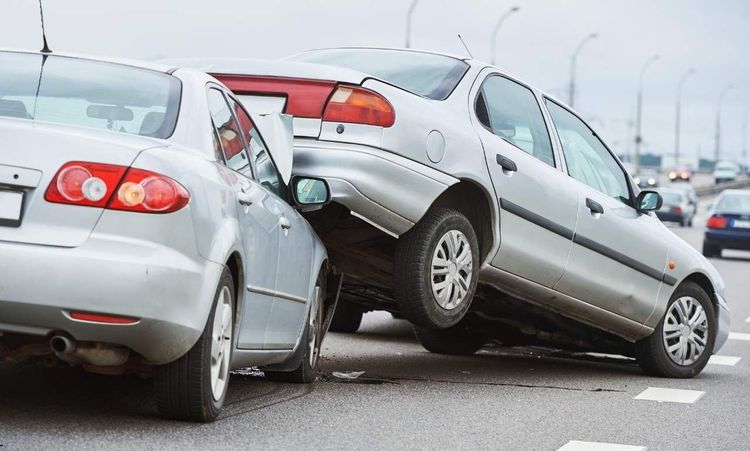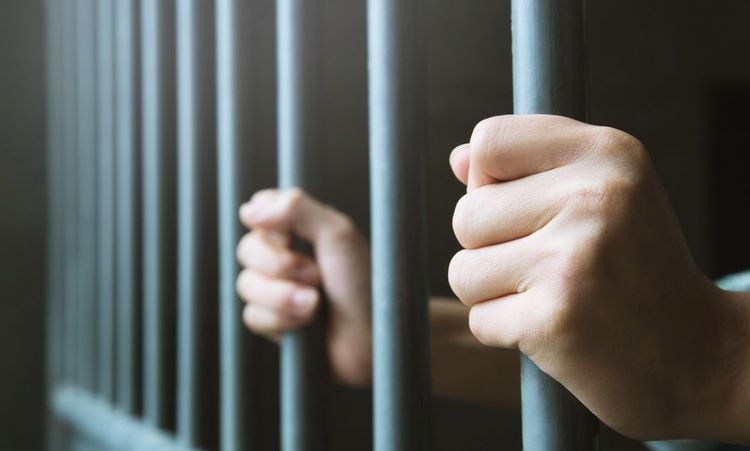Imagine cruising home after a long day. The road is quiet, the air is still—and then out of nowhere, screeching brakes.
Another crash. This time, the driver wasn’t drunk—just high.
With more states legalizing marijuana, a new concern has emerged: cannabis-impaired driving. The question is everywhere—does driving high cause car accidents?
The answer isn’t just a yes or no. Marijuana affects people differently. It changes how drivers react, focus, and even judge distance. That can be deadly when operating a vehicle.
Unlike alcohol, THC—the active compound in marijuana—doesn’t have a clear “safe limit.” That complicates things for police and public safety officials.
So let’s break it down. We’ll explore how impaired driving from marijuana leads to different types of car crashes, from rear-end collisions to pedestrian injuries.
And we’ll explain what science, surveillance, and statistics reveal about what’s really happening on the roads.
How Impaired Driving Has Increased Accidents Nationwide
Driving under the influence used to mean one thing—alcohol. Today, marijuana has joined the conversation.
Several studies have confirmed what many feared. Since marijuana was legalized in several states, accident rates have climbed.
Data from the National Highway Traffic Safety Administration and the Insurance Institute for Highway Safety show a clear trend. After recreational dispensaries opened, fatal crash rates rose by 2% to 6%.
Why? Because THC impairs judgment, motor coordination, and reaction time. These are essential for safe driving. Even small doses affect lane tracking, attention span, and the ability to handle unexpected events.
According to the AAA Foundation for Traffic Safety, marijuana users are more likely to be involved in crashes. This isn't speculation—it’s backed by blood tests and surveillance footage from real crashes.
Impairment doesn’t always look dramatic. A high driver might not swerve like a drunk driver. Instead, they may drive slowly, hesitate at intersections, or react too late to brake lights.
That’s enough to cause major accidents—and many states are struggling to keep up.
Zero Tolerance Laws and Per Se Laws attempt to address this. But detecting marijuana in a driver’s system isn’t simple. THC lingers in the blood longer than the actual high lasts.
Still, the evidence is piling up: driving high is risky business. And it often leads to the following types of accidents.
Rear-End Collisions
Rear-end collisions are among the most common results of marijuana-impaired driving.
Reaction time matters in traffic. When a car in front suddenly slows, a sober driver usually reacts in time. But a high driver? Not always.
Research from the University of Colorado School of Medicine shows THC affects time perception and attention. That means drivers often underestimate how fast they’re approaching another vehicle.
Even mild cannabis intoxication can cause hesitation. That delay—just one or two seconds—makes a huge difference in fast-moving traffic.
These accidents are often dismissed as minor fender-benders. But they can cause whiplash, concussions, and significant damage.
Emergency departments across the U.S. report an uptick in rear-end crashes involving cannabis users. And unlike alcohol, THC doesn’t make people reckless. It slows them down.
But being slow on the road isn’t always safe. In many cases, it’s dangerous.
Intersection Accidents
Intersections are complex. You have signs, signals, pedestrians, oncoming traffic—all demanding quick decisions.
That’s where marijuana becomes a silent threat.
THC slows cognitive processing. That makes it harder to judge when it’s safe to turn or who has the right of way.
According to a study by the Oregon Health and Science University, drivers under the influence of marijuana struggle with split-second judgment. This is especially true in left-turn scenarios.
At intersections, hesitation can lead to crashes. So can poor timing.
In surveillance footage from accident scenes, high drivers are often seen pausing for too long—or pulling out too soon.
When you combine this with other distractions, such as music or conversation, the danger multiplies. Intersection accidents often result in serious injuries due to side impact.
These aren’t just statistics. They reflect real consequences for drivers, passengers, and pedestrians alike.
Head-On Collisions
A head-on collision is every driver’s worst nightmare. These crashes are often fatal—and marijuana plays a role.
Marijuana affects spatial awareness. Drivers may drift into oncoming lanes without realizing it. This becomes especially deadly on rural roads with no barriers.
A study published in Accident Analysis and Prevention found that THC users are significantly more likely to cross the center line. The reason? Impaired psychomotor function.
It’s not about being reckless. It’s about misjudging the road, your speed, and your position.
Many law enforcement agencies now use Drug Recognition Experts and roadside saliva tests. Still, marijuana-involved head-on collisions continue to rise.
Some drivers think driving slowly while high keeps them safe. But lane discipline suffers. And once a car drifts, correcting course in time becomes unlikely.
That’s a dangerous combination—especially when traffic flows in both directions.
Lane Departure Accidents
Lane tracking requires focus. It’s a skill easily disrupted by marijuana.
According to a UC San Diego driving performance study, marijuana users are more likely to weave or depart from their lanes.
It doesn’t happen instantly. But over time, concentration fades. The driver may not notice drifting toward the shoulder or across the median.
Lane departure can cause collisions with guardrails, trees, poles, or other vehicles. In multi-lane roads, this leads to sideswipe crashes.
The danger increases at night. Marijuana affects night vision and depth perception, which are already reduced in the dark.
Even small errors, like underestimating a curve, can lead to devastating outcomes.
Data from the CDPHE dashboard in Colorado shows a direct correlation between marijuana legalization and lane departure accidents in the state.
And those numbers are echoed in other areas where recreational cannabis is widely used.
Pedestrian or Bicycle Accidents
Pedestrians and cyclists are the most vulnerable road users. One distracted or delayed move by a driver can end a life.
Cannabis intoxication reduces peripheral vision. That means a high driver may not notice someone stepping off the curb or biking through an intersection.
Unlike vehicles, pedestrians and bikes are small and harder to detect—especially if the driver’s focus is dulled.
In states like Oregon, California, and Colorado, accident reports involving cannabis-impaired drivers often include pedestrian injuries or fatalities.
A single glance at a phone, coupled with the slowed reactions from marijuana use, creates the perfect storm.
Bicycle lanes are often tight. A minor swerve by a high driver may not seem like much—but it can be fatal.
Public health experts warn that as marijuana becomes more accessible, safety campaigns need to evolve. Simply telling people not to drive drunk isn’t enough anymore.
The conversation must include cannabis. Lives depend on it.
Conclusion
So—does driving high cause car accidents?
The answer, backed by science, real-world data, and expert analysis, is yes. Marijuana impairs critical driving functions—reaction time, coordination, focus, and judgment.
These impairments lead to rear-end collisions, intersection errors, lane departures, head-on crashes, and tragic encounters with pedestrians.
As marijuana use rises, so do related traffic injuries. And yet, the laws haven’t caught up.
Blood THC levels don’t tell the whole story. And roadside tests still struggle to measure real-time impairment.
The takeaway? If you’re high—don’t drive.
Your reflexes may feel sharp. But science says otherwise. Driving under the influence of marijuana is not just illegal—it’s unsafe.
Talk to your friends, your teens, and your community. Make it normal to call a ride or wait until sober.
It’s not about judgment. It’s about safety. Because one mistake on the road affects more than just you.




